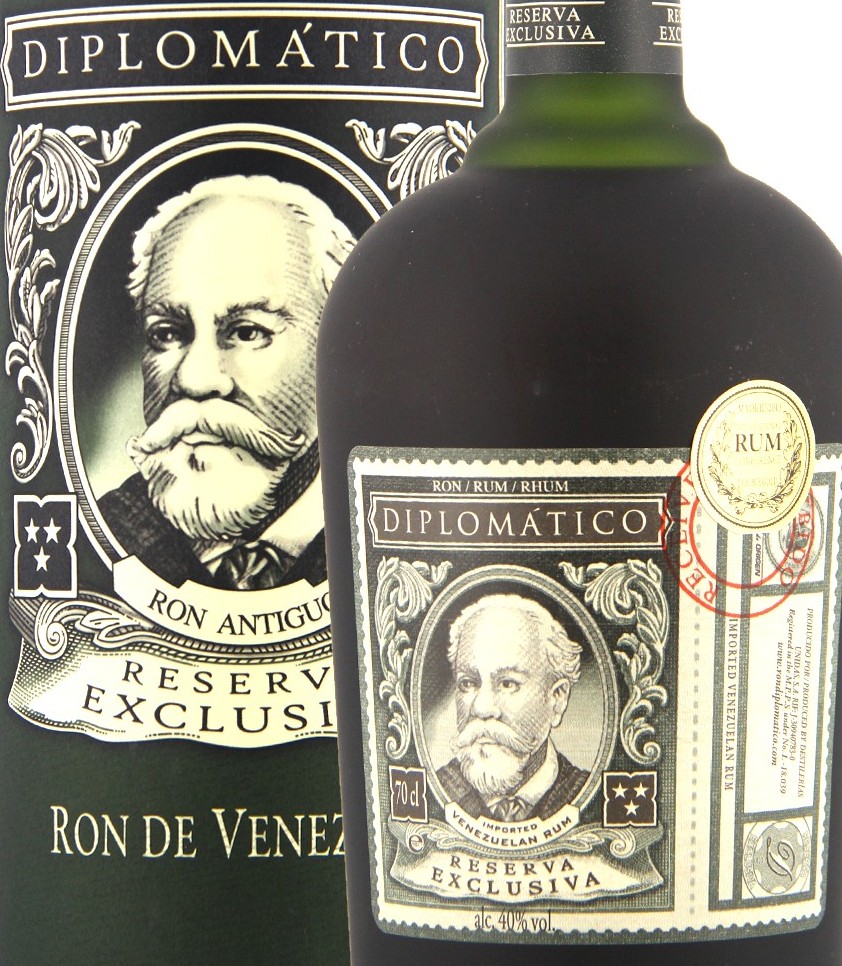
#475
“A few years ago, these rums [Zacapa and Diplo Res Ex] were seen as the baseline for all other rums to be judged. No longer.” Thus wrote Wes Burgin over at the Fat Rum Pirate in an excellent July 2017 post suggesting that with social media and education, enthusiasts were becoming more knowledgeable and less apt to accept adulterated rums than ever before.
Yet in spite of that ideal, in spite of the ever-expanding knowledge-base of rums the world over, the Diplo remains enormously popular. It’s unlikely that there’s any rum drinker out there – junkie or not – who didn’t at some point have a fling with this plump Venezuelan señora. Just about all rum writers have done a thing on it. Like the Bacardis, El Dorados and Zacapas, it’s one of those rums one can find just about anywhere, and for the new people coming to rum cold, it remains a staple, if not always a favourite.
That is, of course, due to both its very affordable price, and because of is sweet placidity. You don’t want expensive indie aggro? A light, easy-going drink? Something to relax with? Complex enough for Government work? No thinking required? Here’s your solution. That’s also the reason why it drops off the radar of those people who grow to take their rums seriously (if it doesn’t drive them into transports of righteous rage). Diplomatico – marketed as Botucal in Germany, named after one of the farms from which the cane comes, though it’s exactly the same product – never bothered to punch it up, never worried about cask strength, never deigned to lose the dosing or adulteration, and sells briskly day in and day out. The deep-diving rum chums just shake their heads and head for the exits to buy the latest indie casker, and discussions on Facebook about the matter are more likely than any other to end up in verbal fisticuffs.
Yet consider for a moment the page of this rum in the populist-driven, crowd-sourced “review” site RumRatings. A top-end, well-known, mid-priced unadulterated rum issued at full proof like, say, the Foursquare Criterion has 13 ratings on that site. The Triptych has 11. The 2006 10 Year Old has 4, and the most popular Foursquare rum is the 9 year old 2005 Port Cask Finish with 71. The Diplomatico in contrast has over 1,200, with most rating it between 8 and 9 out of 10 points.
Surely neither longevity, nor rank please-as-many-as-possible populism are solely responsible for such a disparity. There’s got to be more to it than just that, a reason why it regularly appears on people’s answers to the constant question “What to start with?” — and I’m sorry but not everyone drinks a few hundred rums a year like us writers and festival junkies, and it isn’t enough to simply shrug, sniff condescendingly and say “some people just don’t know good rums.” If it is – as I suggest – a rum worth revisiting, then such popularity and esteem requires a cold, beady-eyed re-consideration. We have to understand whether it has something more in its trousers, something subtle, that excites that kind of appreciation. It was in an effort to understand what lay behind the popularity of the Diplo that I deliberately sourced a bottle in Berlin in late 2017, and while my controls were a few stronger, purer rums from the Latin side, to my surprise the Diplo didn’t entirely choke even when ranked against them (I shall now pause for the incredulous expressions of indignation to pass), though for sure it never came close to exceeding any and raced to the bottom in fine style.
Part of all this is its relative simplicity compared to fierce and pungent rums now taking centre stage. The nose was a straightforward sweet toblerone, toffee, vanilla, butterscotch and caramel, very light and easy and butter-smooth, with what complexity there was being imparted by spices aimed at the sweet side – rosemary, cinnamon, nutmeg – and a little nuttiness, and a hint of light fruit, all of which took real effort to separate out. Hardly the most complex or intriguing smell ever to waft out of a rum bottle, and the vanilla and caramel were really too dominant to provide the sort of excellence the maker trumpets for itself.
Similar issues affect the palate. Smooth – yes, warm – yes, comfortable – undoubtedly. There was a little oak mixing things up here, but mostly the taste was muscovado sugar and caramel, vanilla, light fruits of indeterminate nature, and those same spices from the nose (cinnamon being at the forefront) with nothing particularly new or adventurous leading one into undiscovered territory. Overall, even on the finish, and then judged overall, it had little beyond a pleasant, warm sort of sweet unaggressive nature only marginally redeemed by a light tart fruity note here or there, and the edge imparted by a little oak. Beyond that, it was way too sweet for my palate as it stands right now, and in conjunction with the controls it actually sinks even further because the dampening effect of the additions becomes self evident.
So, that adulteration. It’s been measured at 30-40 g/L of whatever-it-is, which puts it in the same league as The El Dorado 12 and 15 year old rums, Rum Nation Millonario and the Cartavio XO, all of which, back in the day, I enjoyed, and all of which have subsequently slipped in my estimation in the years between then and now, and been relegated to what I refer to as “dessert rums.” But what exactly are they adding to their rum? Back in 2010 when I wrote my original unscored review, the Distilleries Unidas website made tangential mention of flavouring additives (“Only…rich aromas and flavours are used to manufacture rums…” — this comment no longer appears); and Rob Burr remarked on the 2012 Inuakena review that a Venezuelan rum liqueur called Haciendo Saruro is added to the blend, but without corroboration (it was assumed he was speaking from insider knowledge). So I think we can take it as a given that it’s been tarted up, and it’s up to each person who tries this rum to make up their own minds as to what that means to them. Personally, I no longer care much for the Diplomatico and its ilk. It presents no real challenge. It simply isn’t interesting enough and is too sweet and easy. That, however, obscures the key point that people like it precisely for those reasons. It sells well not in spite of these deficiencies (as they are, to me), but because of them…because the majority of drinkers consider these very same drawbacks as points of distinction, and if you doubt that and the unkillability of sweet, check out the hundreds of comments in response to “Don’t treat people like snobs because they like sweet rums” post on FB in December 2017. Since I’m not arrogant enough to believe that my tastes and my palate matter more, or should take precedence over others, I can simply suggest that people try more rums to get a feel for more profiles before praising it to the high heavens as some kind of ur-rum of the Spanish style.
Let us also concede that a rum like this has its place. On the negative side are all the issues raised above. On the plus side of the ledger, for those who like these things, there is sweetness, smoothness and a stab at complexity. It works fabulously as a standalone sipping drink when concentration and thought is not desired or required. It’s not entirely an over-sugared mess like, oh, the A.H. Riise Navy rum. It makes a decent introduction to neat rums for those raised on over-spiced, over-flavoured rums or who came up through the ranks trying rums like Kraken, Captain Morgan, Sailor Jerry or Don Papa. As one of the first steps in the world of rum, this ron remains a tough one to beat, and that’s why it should be on the list of anyone who is assembling the first home bar, and should be considered, for good or ill, one of the Key Rums of the World…even if, sooner or later, all true rum fans will inevitably move beyond it.
(74/100)
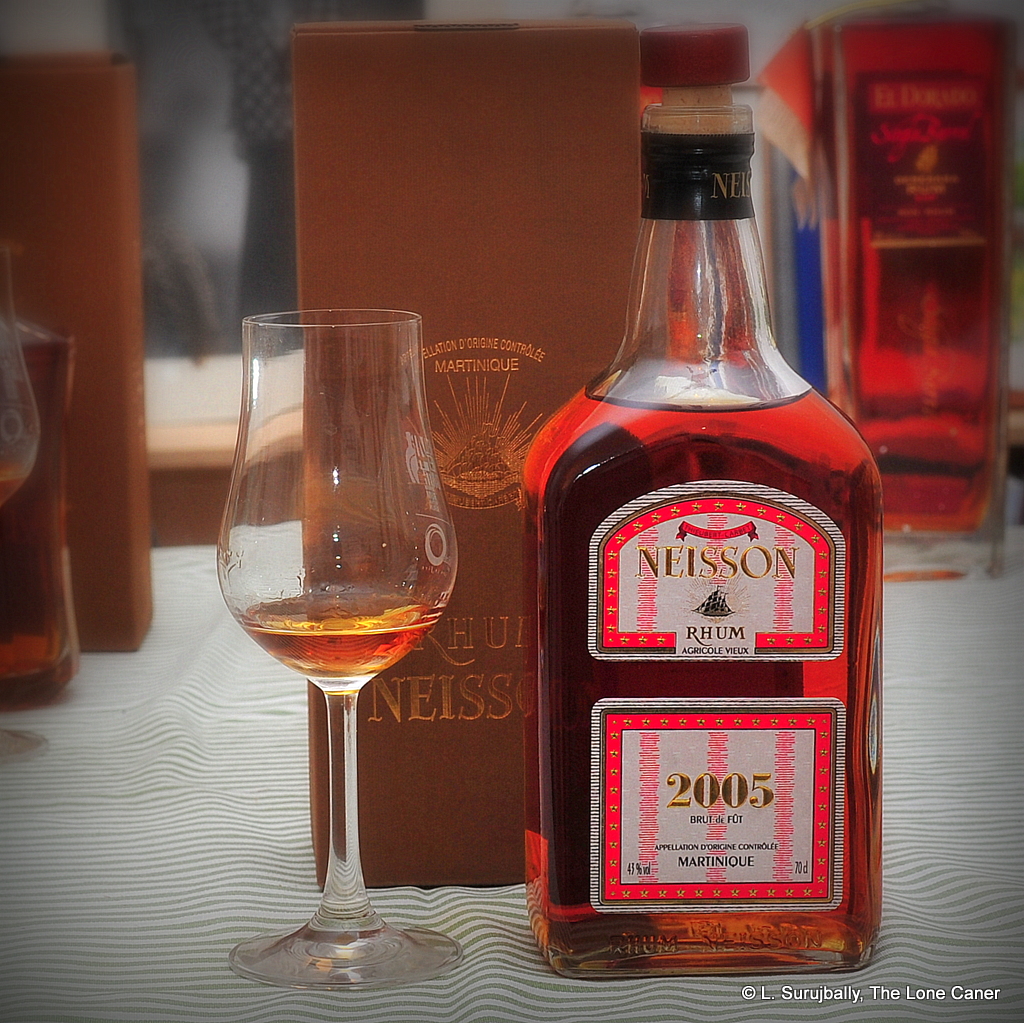

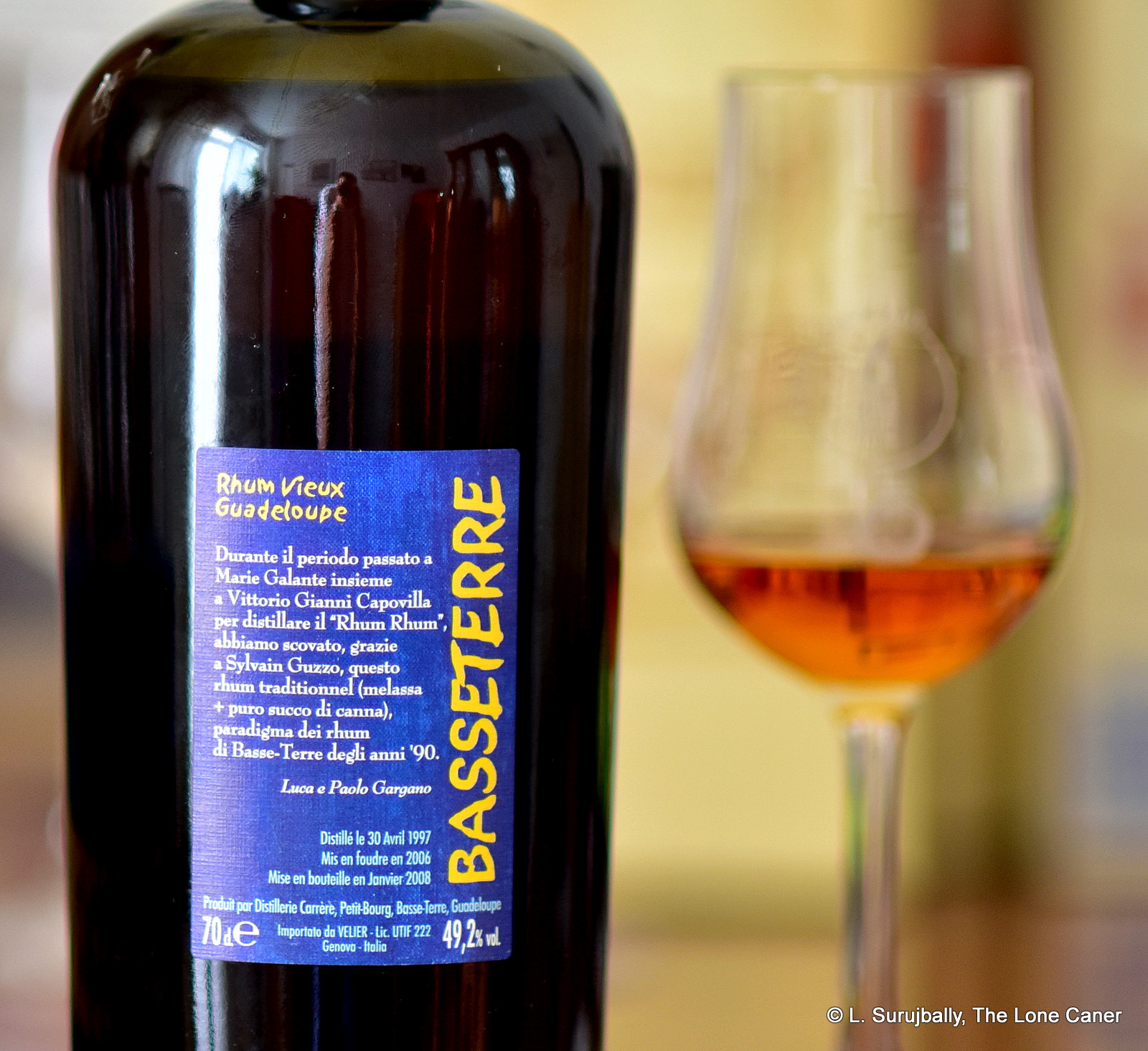 Anecdotes aside, what have we got here? A Guadeloupe column-distilled 49.2% ABV rhum from the Carrere Distillerie more commonly called Montebello, located just a little south of Petit Bourg and in operation since 1930. Curiously, it’s a blend: of rhum agricole (distilled from cane juice) and rhum traditionnel (distilled from molasses). Aged…well, what is the age? It was put in oak in 1997 then taken out of the barrels in 2006 (again, just like the 1997 edition) and placed in an inert vat until 2008 for the two divergent strains to marry. So I’m calling it a nine year old, though one could argue it sat for 11 years even if it was just twiddling its thumbs for two. And as noted above, there’s a reason why Sylvain’s name is on the back label, so now you know pretty much the same story as me.
Anecdotes aside, what have we got here? A Guadeloupe column-distilled 49.2% ABV rhum from the Carrere Distillerie more commonly called Montebello, located just a little south of Petit Bourg and in operation since 1930. Curiously, it’s a blend: of rhum agricole (distilled from cane juice) and rhum traditionnel (distilled from molasses). Aged…well, what is the age? It was put in oak in 1997 then taken out of the barrels in 2006 (again, just like the 1997 edition) and placed in an inert vat until 2008 for the two divergent strains to marry. So I’m calling it a nine year old, though one could argue it sat for 11 years even if it was just twiddling its thumbs for two. And as noted above, there’s a reason why Sylvain’s name is on the back label, so now you know pretty much the same story as me. 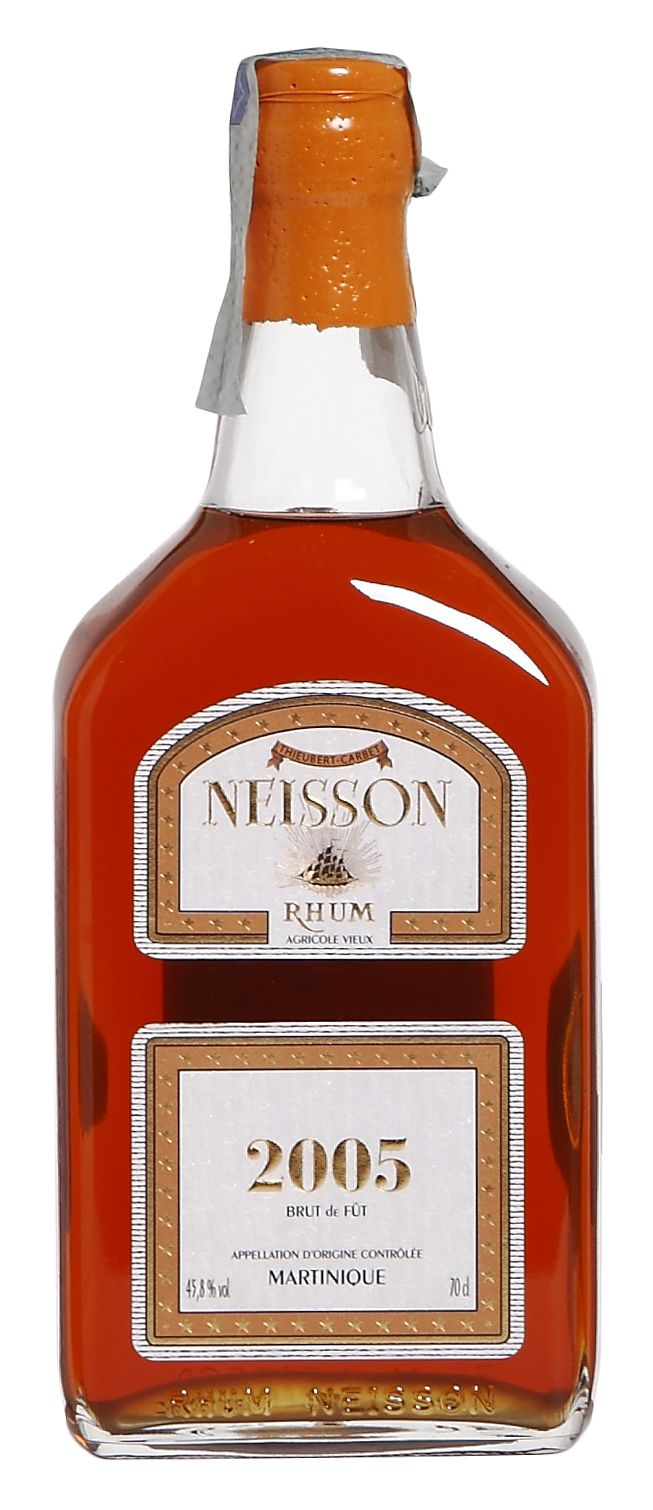
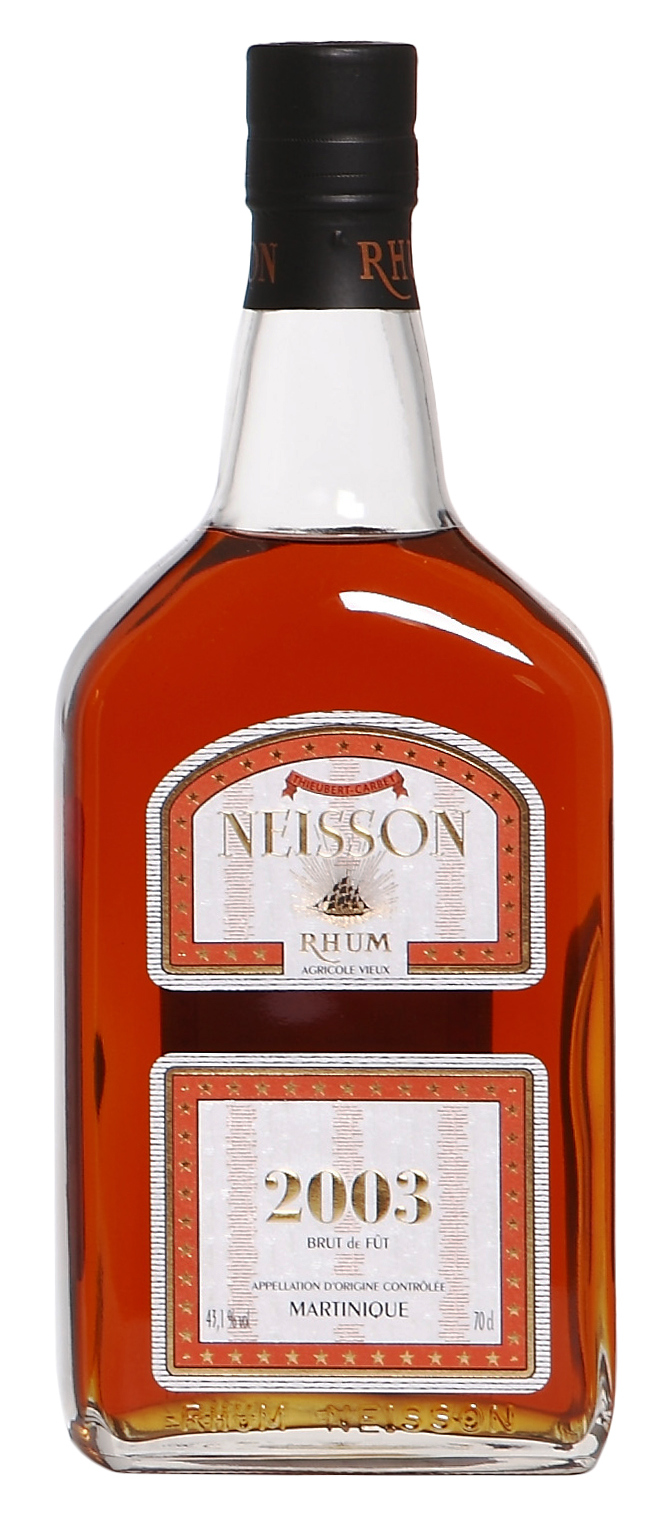 Rumaniacs Review #073 | 0488
Rumaniacs Review #073 | 0488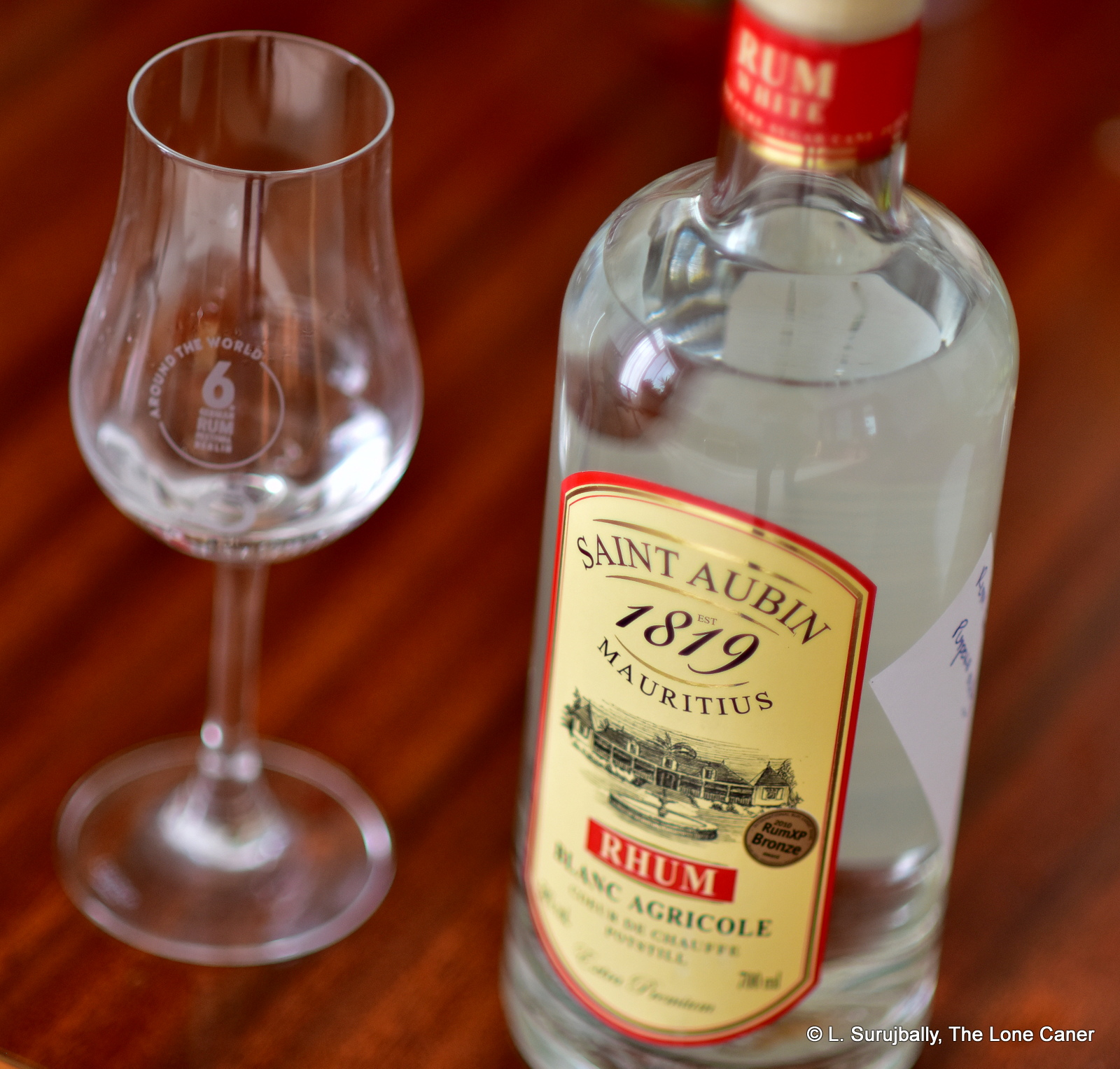
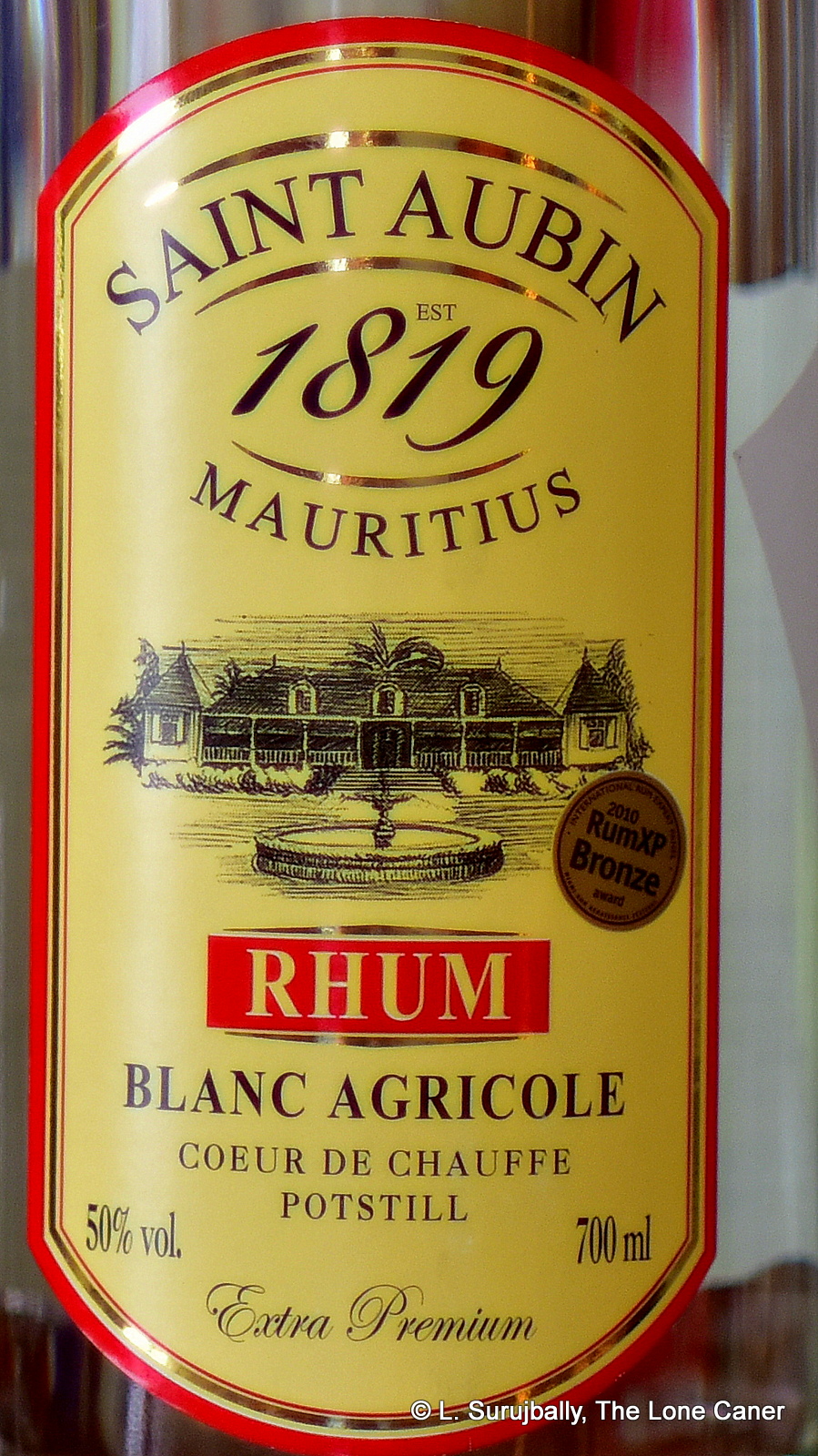 See, while furious aggression
See, while furious aggression 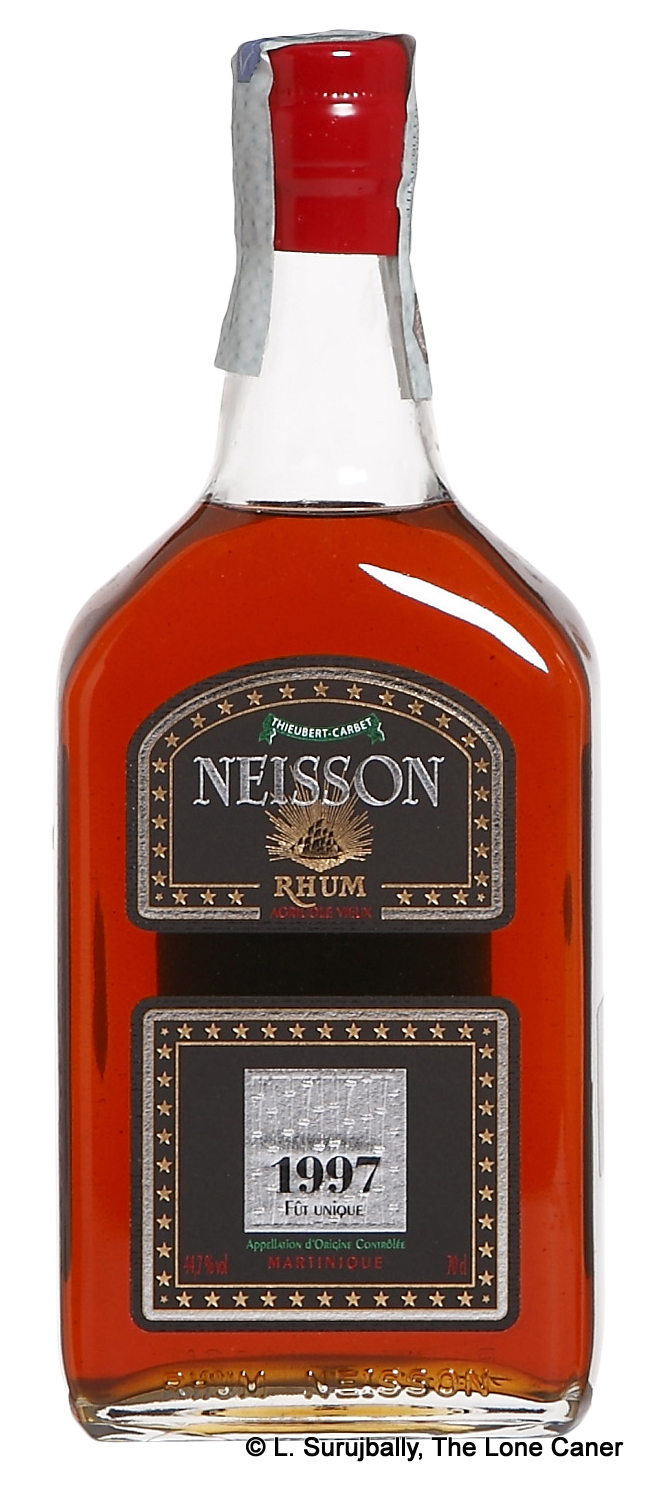 Rumaniacs Review #072 | 0486
Rumaniacs Review #072 | 0486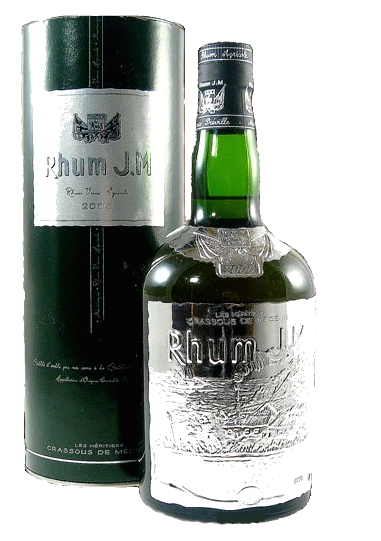
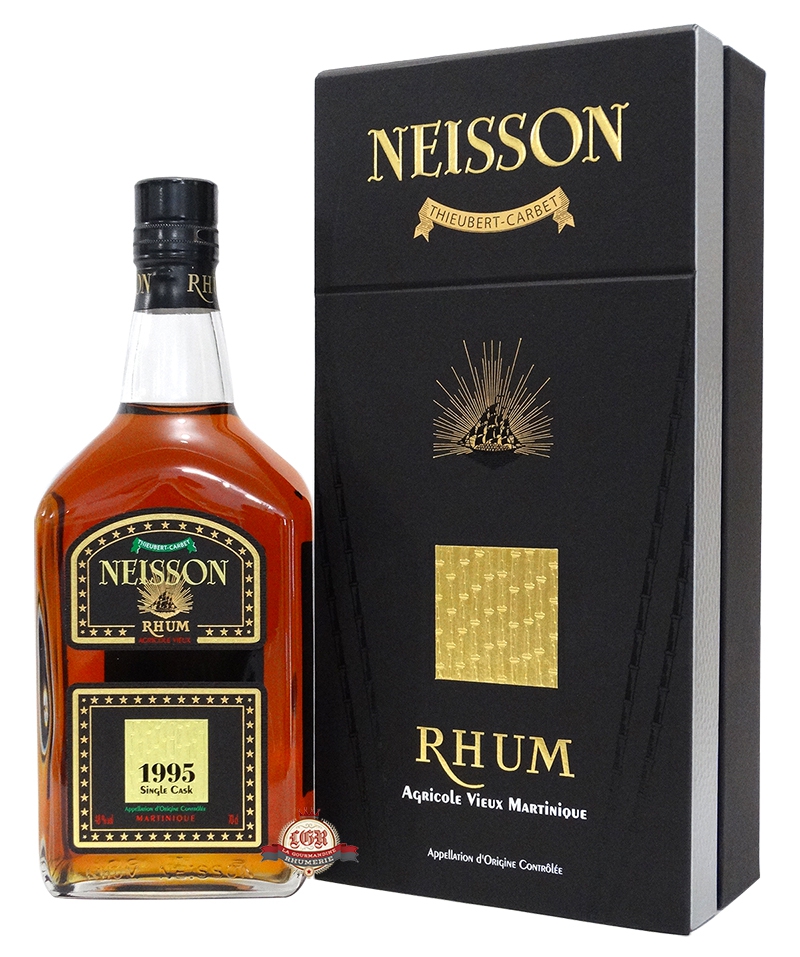 Rumaniacs Review #071 | 0484
Rumaniacs Review #071 | 0484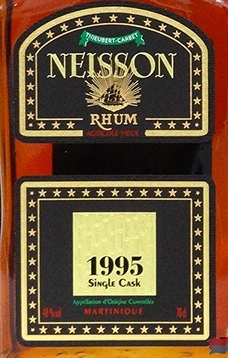 Palate – Thrumming and deeply vibrant rhum, one wonders how they wrung such depth out of a “mere” 48% – however, I’m not complaining. Dark and hot black tea. Ripe apricots, overripe mangoes, honey, cherries, wound about and through with citrus peel. Also some anise, coca cola (odd, but there you are). Dill, sage, a flirt of mint, grass, a faint wine-y tone and yes, there’s a whiff of chocolate as well.
Palate – Thrumming and deeply vibrant rhum, one wonders how they wrung such depth out of a “mere” 48% – however, I’m not complaining. Dark and hot black tea. Ripe apricots, overripe mangoes, honey, cherries, wound about and through with citrus peel. Also some anise, coca cola (odd, but there you are). Dill, sage, a flirt of mint, grass, a faint wine-y tone and yes, there’s a whiff of chocolate as well.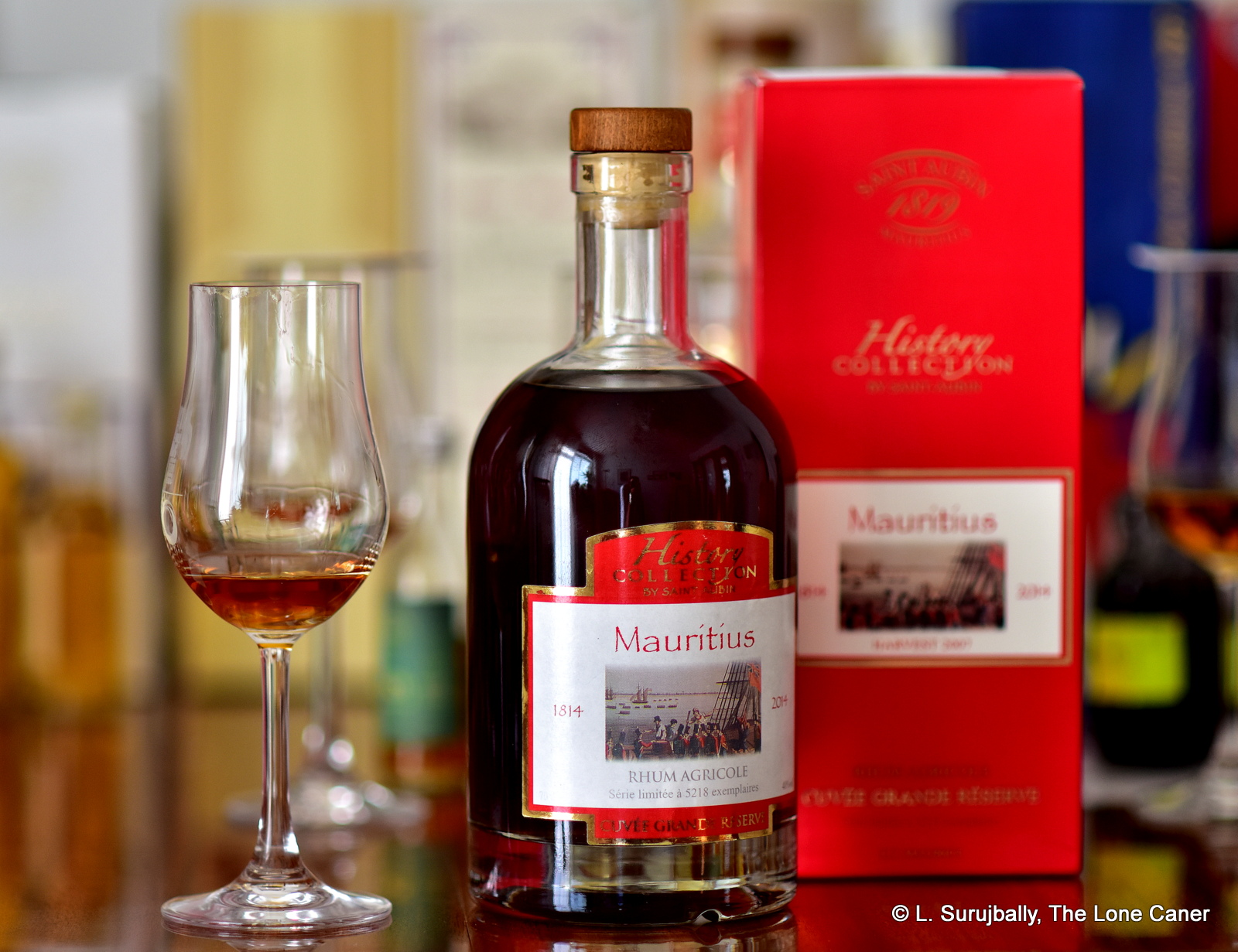
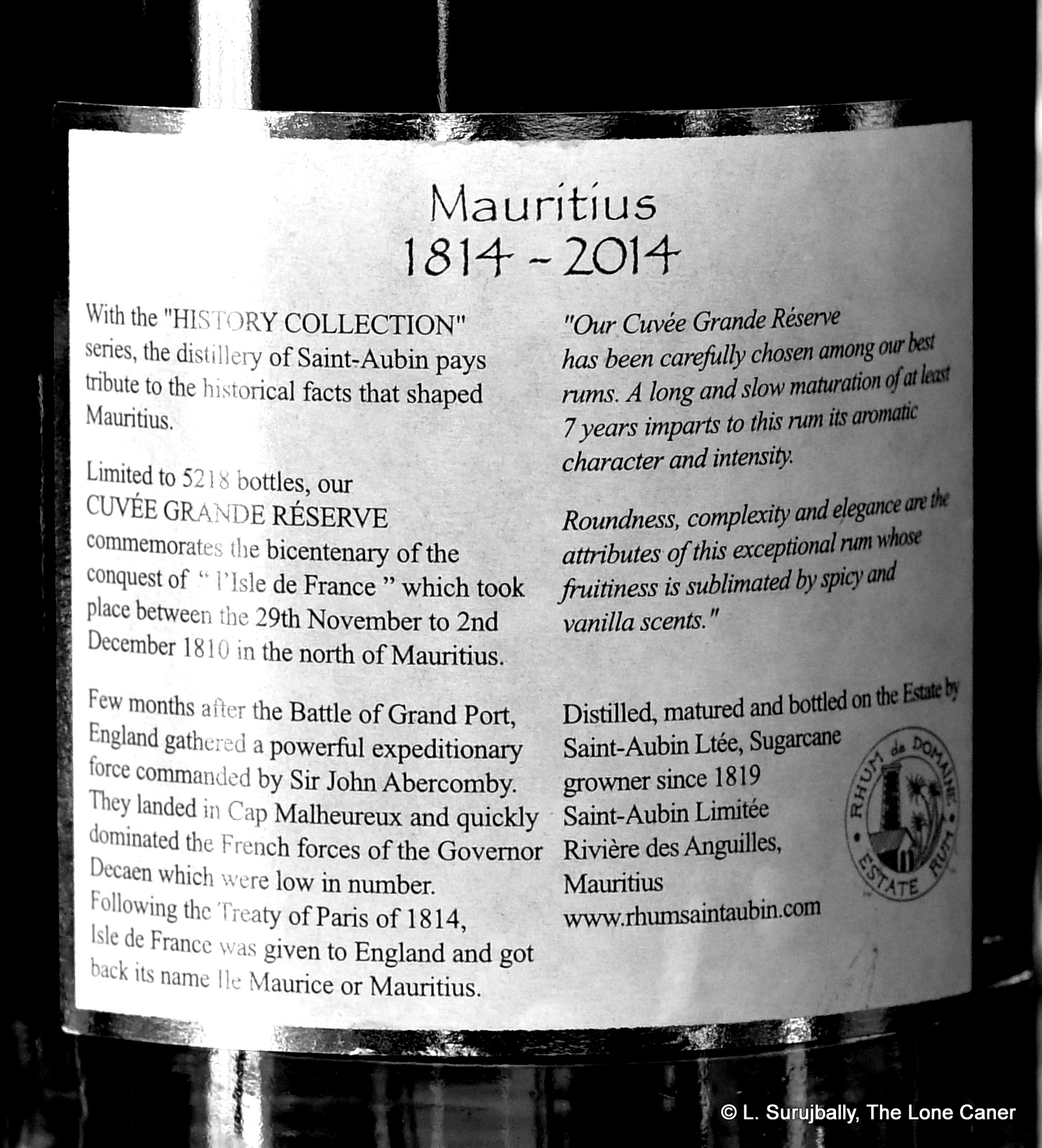 The nose told a tale that would be repeated right down the line, and what I smelled was pretty much what I tasted, with a few variations here and there. It was light and clean, yet displaying darker, muskier spicier notes as well: vanilla, coffee, licorice and some sharp tannins, with the musty long-disused-attic tastes remaining. Some fruits – peaches and cherries for the most part – stayed in the background. The core was anise and sawdust and unsweetened chocolate, and overall it presented as somewhat dry. Quite nice — if it fell down at all it was in the finish, which was more licorice and chocolate, thin tart fruits (gooseberries perhaps) and after a few hours, it took on a metallic tang of old ashes doused with water that I can’t say I entirely cared for.
The nose told a tale that would be repeated right down the line, and what I smelled was pretty much what I tasted, with a few variations here and there. It was light and clean, yet displaying darker, muskier spicier notes as well: vanilla, coffee, licorice and some sharp tannins, with the musty long-disused-attic tastes remaining. Some fruits – peaches and cherries for the most part – stayed in the background. The core was anise and sawdust and unsweetened chocolate, and overall it presented as somewhat dry. Quite nice — if it fell down at all it was in the finish, which was more licorice and chocolate, thin tart fruits (gooseberries perhaps) and after a few hours, it took on a metallic tang of old ashes doused with water that I can’t say I entirely cared for.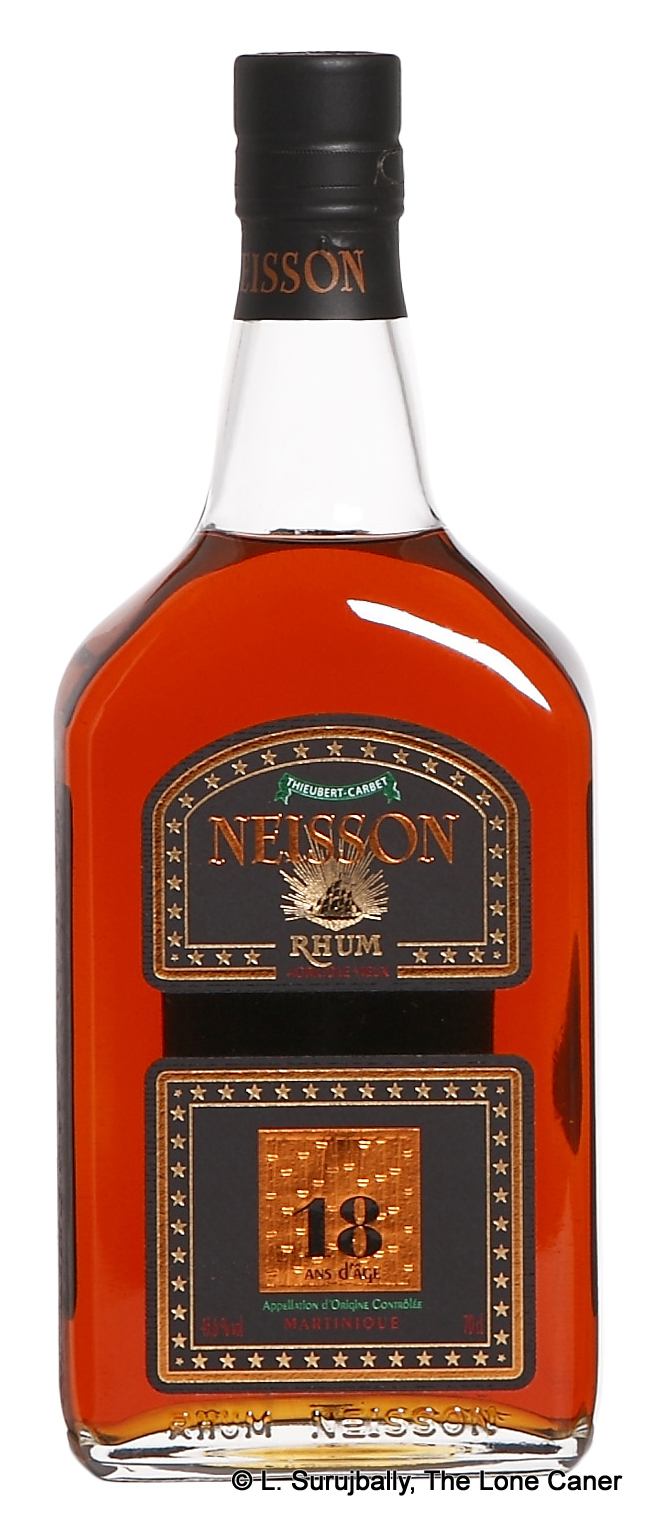 Rumaniacs Review #070 | 0482
Rumaniacs Review #070 | 0482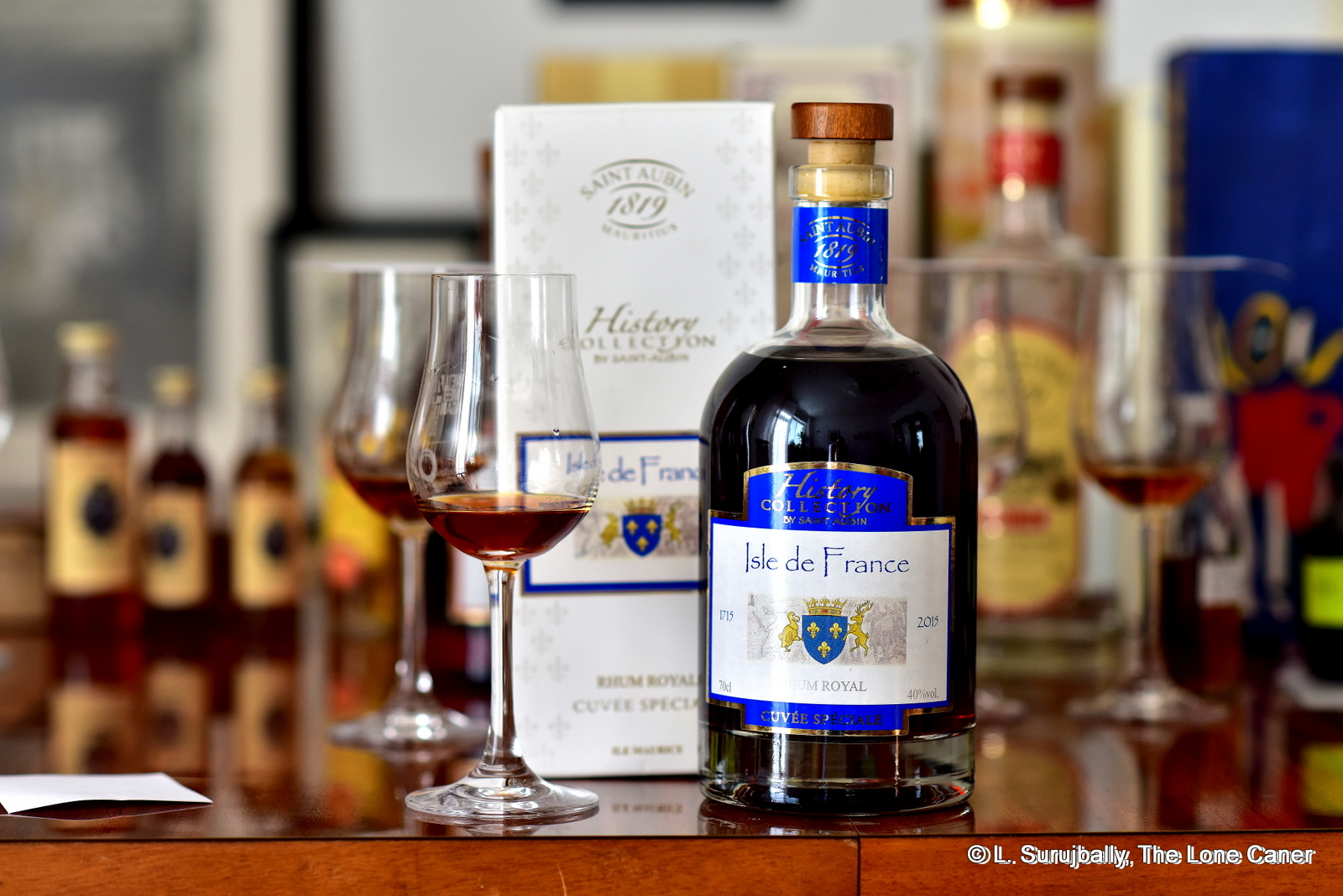
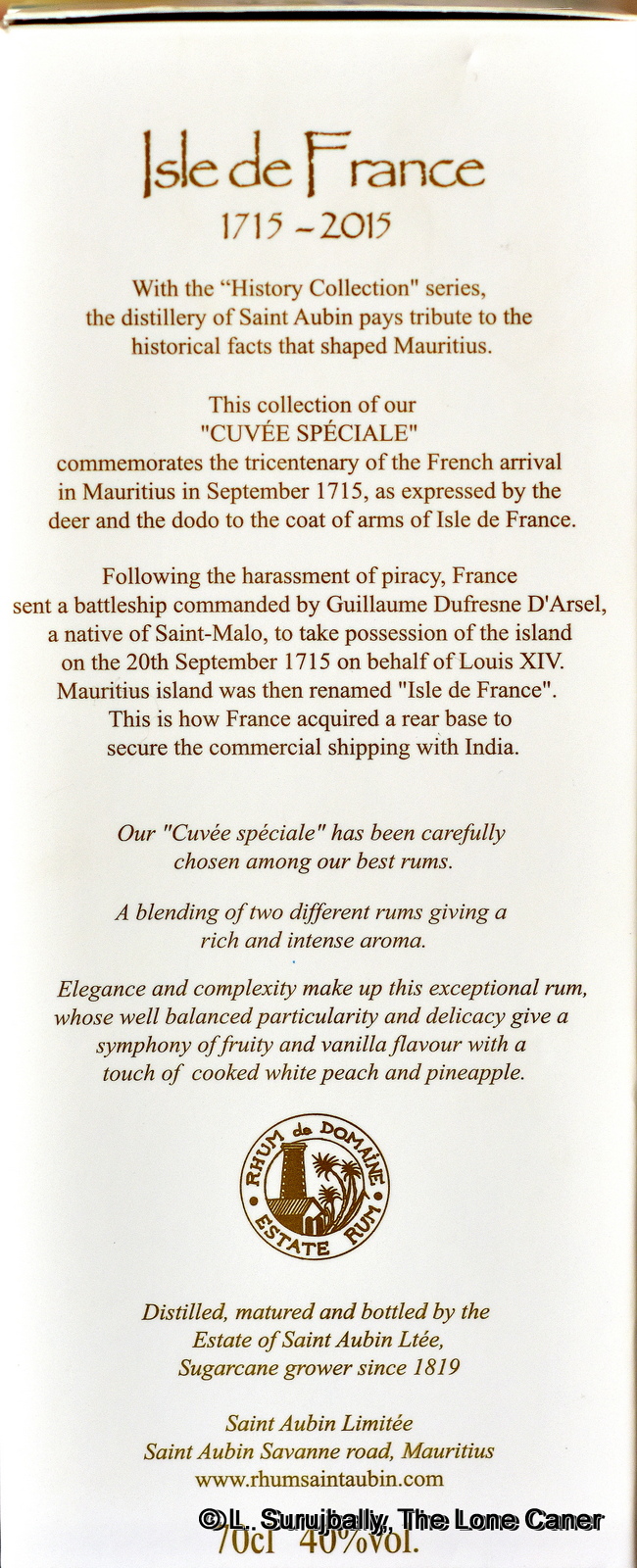 According to my email exchanges with the company, the rhum was produced from the harvest of 2005, and is a blend of two rhums – pot still (30%) aged ten years aged in ex-bourbon barrels, and column still (70%) stored in inert inox tanks; both distillates deriving from cane juice . As a further note, although sugar was explicitly communicated to me as
According to my email exchanges with the company, the rhum was produced from the harvest of 2005, and is a blend of two rhums – pot still (30%) aged ten years aged in ex-bourbon barrels, and column still (70%) stored in inert inox tanks; both distillates deriving from cane juice . As a further note, although sugar was explicitly communicated to me as 
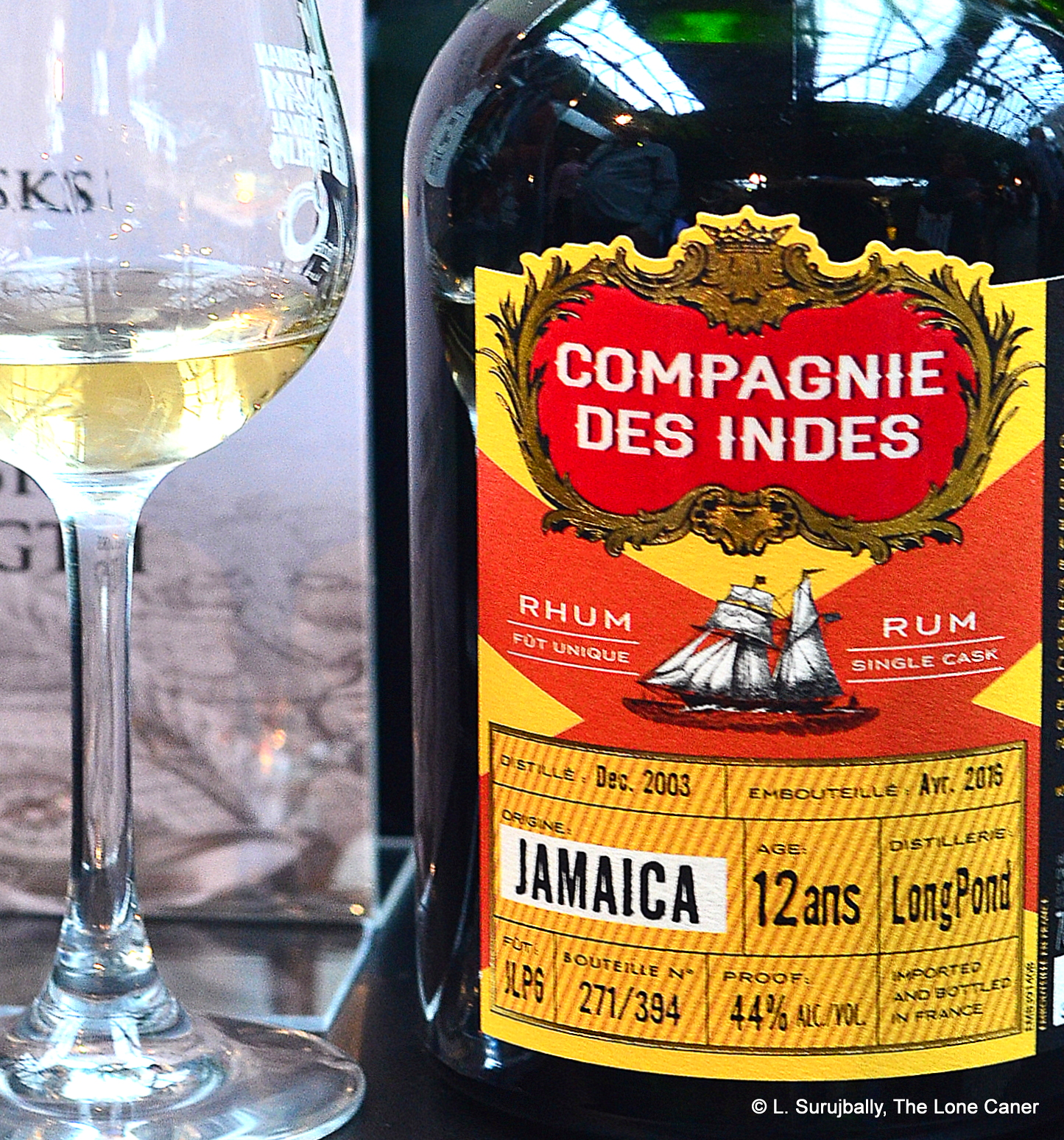
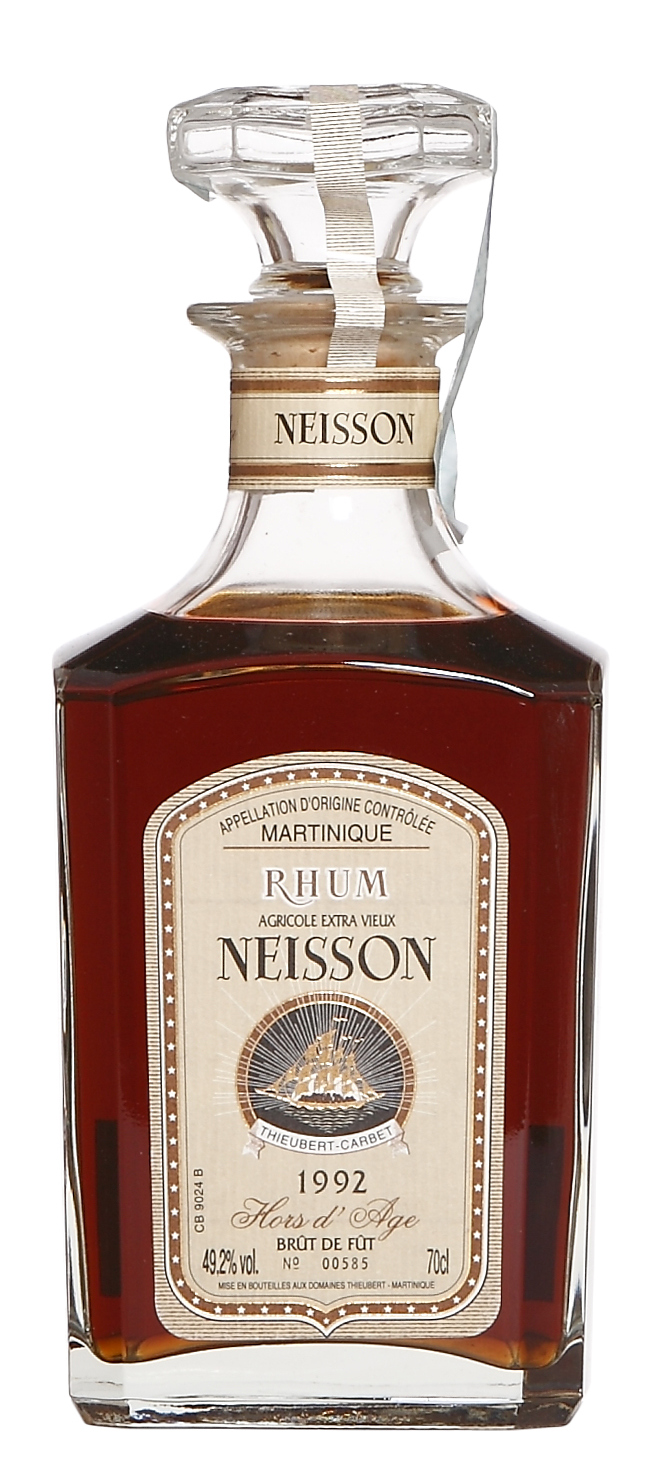 Rumaniacs Review #068 | 0478
Rumaniacs Review #068 | 0478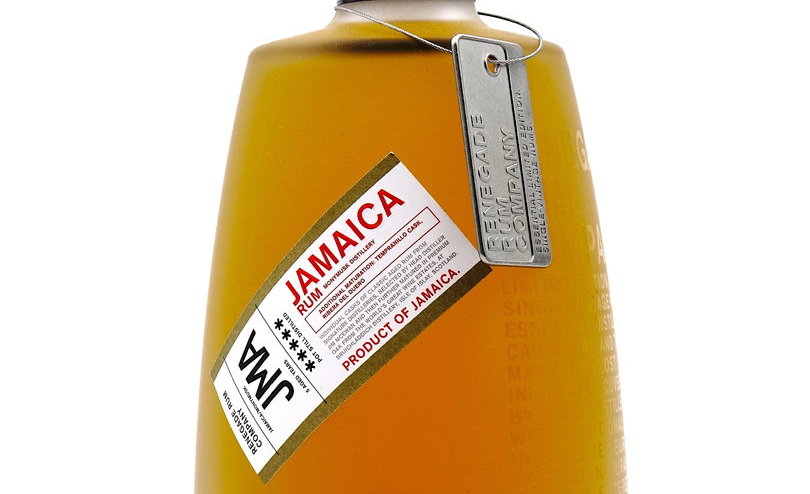
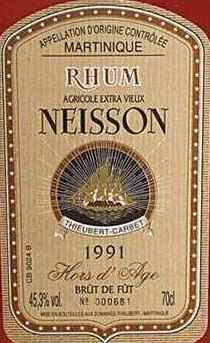 Rumaniacs Review #067 | 0476
Rumaniacs Review #067 | 0476 Nose – Starts easy, yet with enough bite to announce itself. Salty pecans, licorice, caramel and raisins (not really the opening I was expecting from an agricole, to be honest). It’s also light with florals, some nuttiness and a blade of pungent crushed lime leaves running through it. Grasses and herbs stay well back, and it morphs nicely into a sort of fanta-orange juice blend, combining snap with tastiness.
Nose – Starts easy, yet with enough bite to announce itself. Salty pecans, licorice, caramel and raisins (not really the opening I was expecting from an agricole, to be honest). It’s also light with florals, some nuttiness and a blade of pungent crushed lime leaves running through it. Grasses and herbs stay well back, and it morphs nicely into a sort of fanta-orange juice blend, combining snap with tastiness.
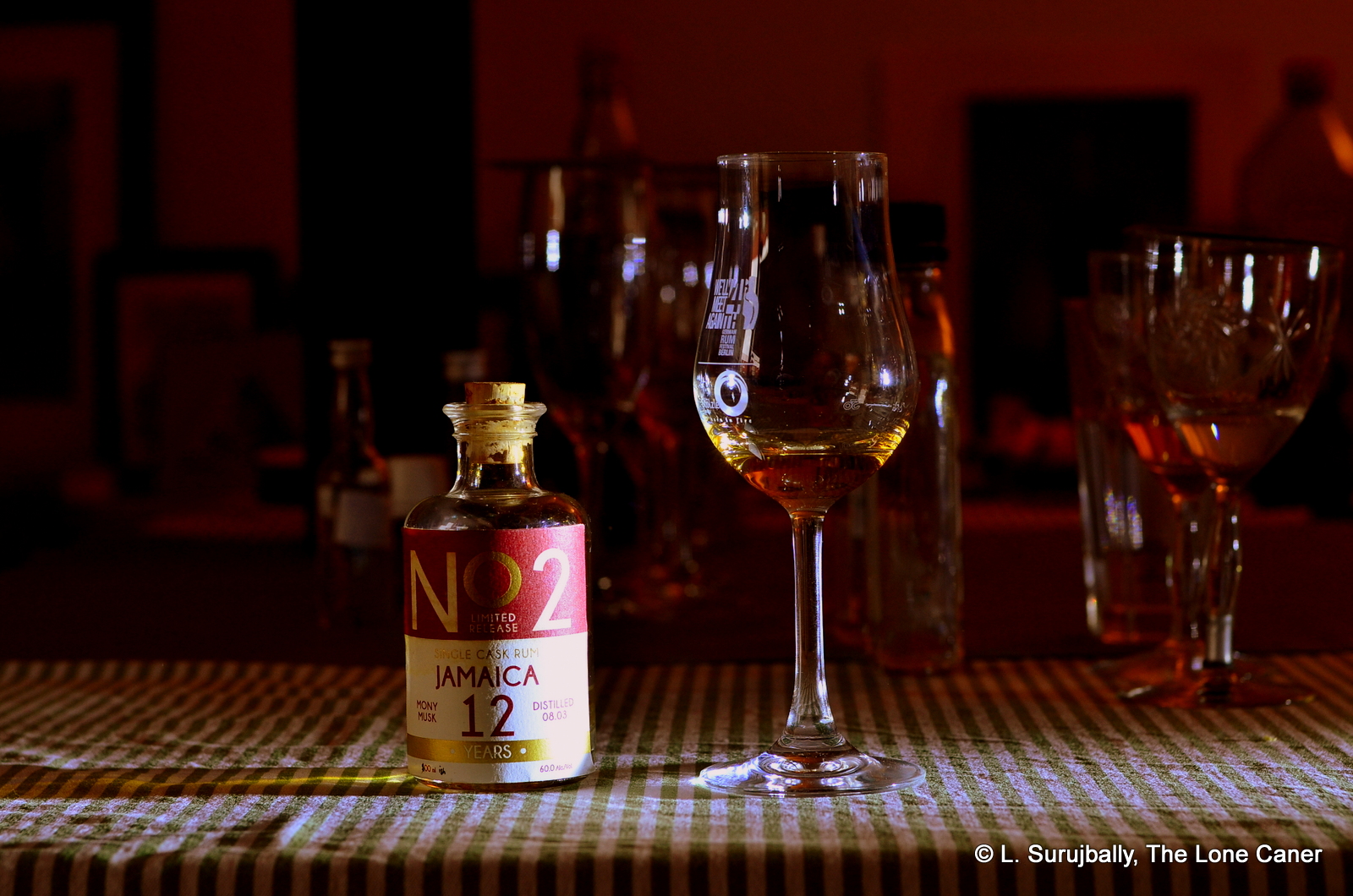
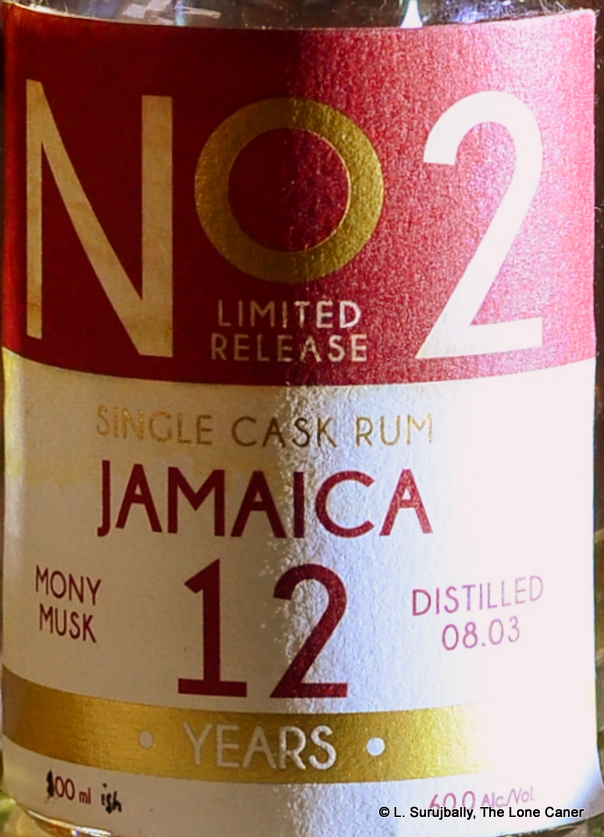 Now, the No. 2 hails from Monymusk, and I have not had that much experience with the all-but-unknown brand — few outside Jamaica have, though this looks like it’s changing as Jamaica blasts off on the world rum scene again. Permit me to walk you through a quick ovastandin’ of the structure. A sort of consortium was created in 2006 which comprised of the Jamaican Government, WIRD out of Barbados and DDL out of Guyana – they called it the National Rums of Jamaica and folded Clarendon, Longpond and Innswood under its umbrella (this was partly in an effort to stabilize prices and keep rum production going). Longpond — until very recently when Maison Ferrand bought a stake — was not doing much and Clarendon was the owner of the Monymusk distillery attached to the sugar factory of the same name, which in turn provided Innswood with distillate, with the latter acting as the ageing and blending facility. The house brand for NRJ is named Monymusk (not Longpond, Innswood or Clarendon, for whatever illogical reason). Just be aware that Clarendon Distillers Limited (the company) is the owner of the distillery that is attached to Monymusk Sugar Factory and you’ll be fine (the only other distillery in the Clarendon Parish is New Yarmouth, owned by Wray & Nephew).
Now, the No. 2 hails from Monymusk, and I have not had that much experience with the all-but-unknown brand — few outside Jamaica have, though this looks like it’s changing as Jamaica blasts off on the world rum scene again. Permit me to walk you through a quick ovastandin’ of the structure. A sort of consortium was created in 2006 which comprised of the Jamaican Government, WIRD out of Barbados and DDL out of Guyana – they called it the National Rums of Jamaica and folded Clarendon, Longpond and Innswood under its umbrella (this was partly in an effort to stabilize prices and keep rum production going). Longpond — until very recently when Maison Ferrand bought a stake — was not doing much and Clarendon was the owner of the Monymusk distillery attached to the sugar factory of the same name, which in turn provided Innswood with distillate, with the latter acting as the ageing and blending facility. The house brand for NRJ is named Monymusk (not Longpond, Innswood or Clarendon, for whatever illogical reason). Just be aware that Clarendon Distillers Limited (the company) is the owner of the distillery that is attached to Monymusk Sugar Factory and you’ll be fine (the only other distillery in the Clarendon Parish is New Yarmouth, owned by Wray & Nephew).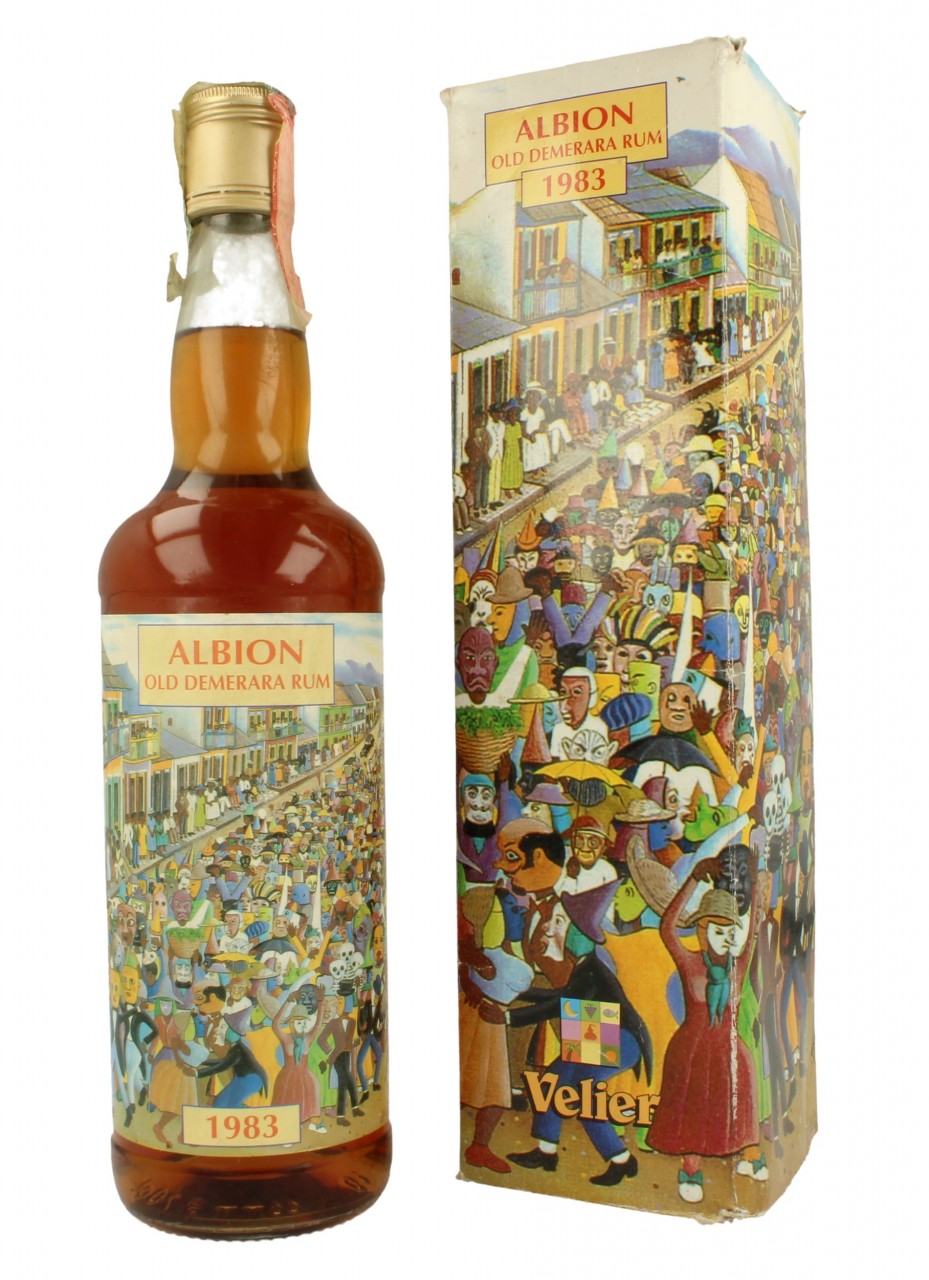
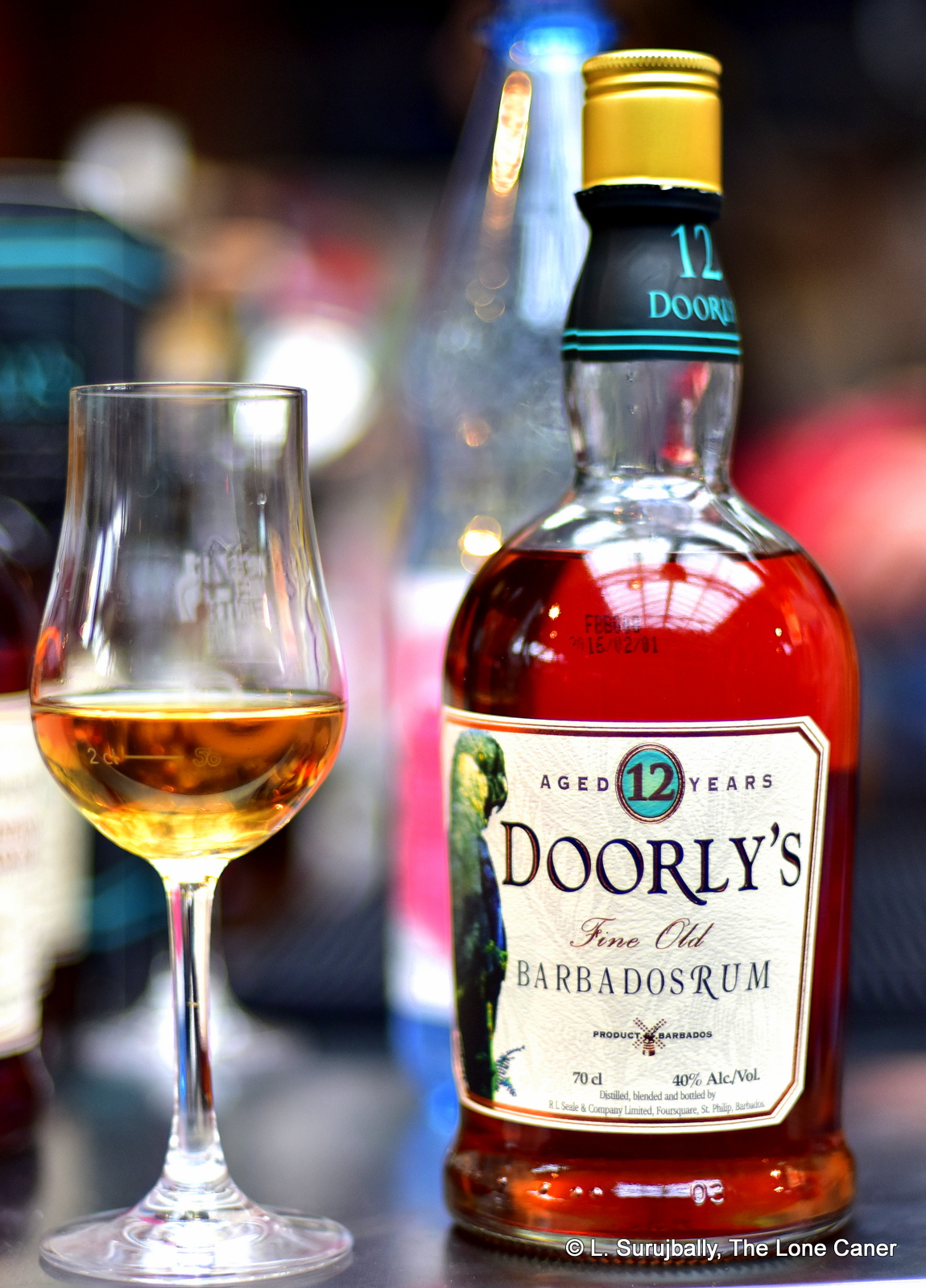
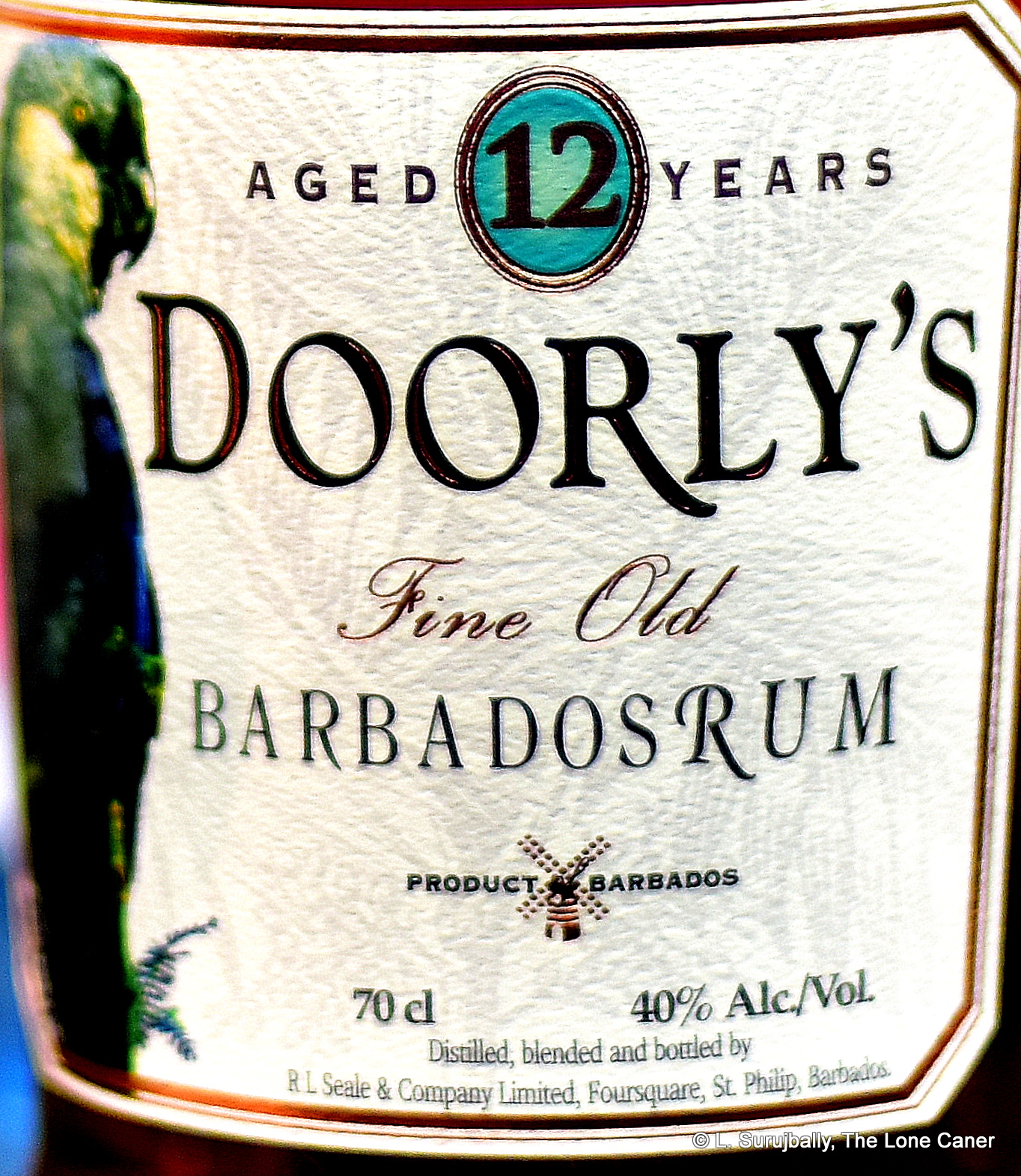 I think that a lot of how you approach this rum and finally rate it will depend on where you stand regarding rums as a whole, and where you are in your personal journey. You like the Jamaican and Guyanese, or high power whites, or 55% agricoles? This might strike you as subtler, quieter, perhaps even bland. Prefer cask strength rums made by the indies, or Foursquare themselves? This one is likely to leave you frustrated at the untapped potential that never quite emerges. On the other hand, if growling ABV monsters and fierce pungency are not your thing, it would probably appeal in spades, be deemed a damned fine rum — and indeed, it
I think that a lot of how you approach this rum and finally rate it will depend on where you stand regarding rums as a whole, and where you are in your personal journey. You like the Jamaican and Guyanese, or high power whites, or 55% agricoles? This might strike you as subtler, quieter, perhaps even bland. Prefer cask strength rums made by the indies, or Foursquare themselves? This one is likely to leave you frustrated at the untapped potential that never quite emerges. On the other hand, if growling ABV monsters and fierce pungency are not your thing, it would probably appeal in spades, be deemed a damned fine rum — and indeed, it